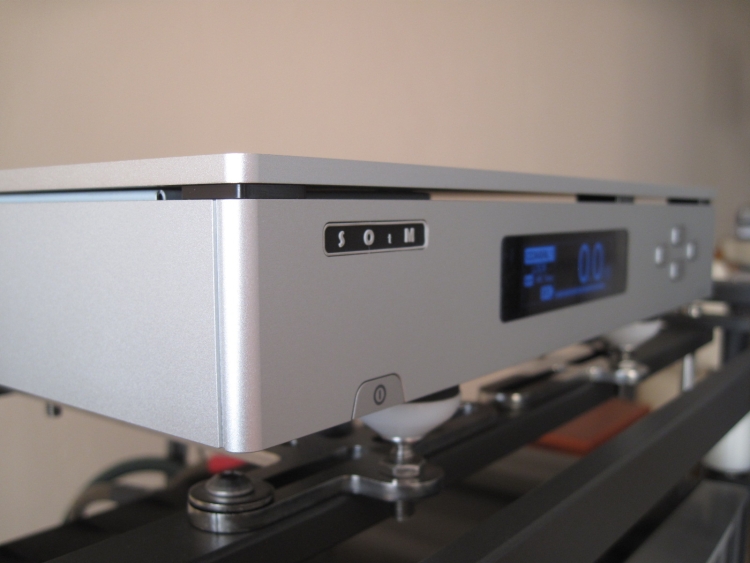
Smoothly finished DAC with lots of tricks up its sleeves
The SOtM sDP-1000 is not your ordinary DAC. It double-functions as a high-quality preamp that can operate entirely in the analog domain and offers DSD compatibility as a cherry on the top.
Retail price 3250 euro
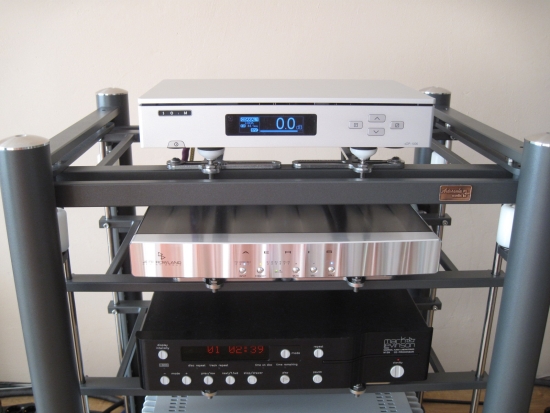
Introduction
Because the sDP-1000 doubles as a fully analog preamp, it doesn’t only offer all popular digital inputs (cinch, BNC, AES/EBU, USB, Toslink); it also offers analog inputs (cinch and XLR) and, importantly, these remain analog throughout, with volume control also carried out in the analog domain. With digital inputs, volume control is still performed in the analog domain.
Output signal is offered for both cinch and XLR. Apart from matters of personal taste, analog volume control is still the best way to go if the unit is to be used at low volumes. But the feature list doesn’t stop there. The sDP-1000 also decodes 1-bit DSD audio using DoP over USB and finally, it is battery-powered! The latter is always something that interests me. The cool feature here is that there are actually two battery packs inside which are alternately used, while the unused one is charged simultaneously. These batteries can be easily replaced if need be, simply by opening a hatch in the bottom of the unit. Its USB input accepts up to 32bit 192khz PCM and 1-bit DSD64 while the other digital inputs accept up to 24/192 PCM. The DAC output is fully balanced and uses a passive L-C low pass filter. Via remote 4 different sampling settings can be selected.
There’s a nice and very informative OLED display on the front and the casing is more compact than the norm but innovative, sleek and sturdy. Oh, there’ a very neat looking fully-aluminum remote control too. All this makes for a seriously interesting product. There’s more to its feature list and I have only touched on the broader details of this product’s specifications, but as usual, I am most interested in how it sounds. The entire spec list can be found in various places on the net. 6Moons, for example, offer an excellent article that goes into great detail.
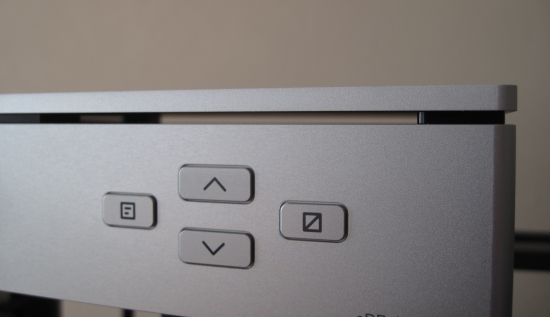
Above: The top panel seems to float over the unit providing excellent ventilation as well as a sleek look – very nice touch!
Setup
For my purposes, I chose not to review the sDP-1000’s preamp functionality. Good though it might be, I know from previous experiences with dCS, Wadia, and Mark Levinson that my setup sounds a little too lean and gray when used without a preamp. Not only do I like the extra lushness and body that the Coherence II provides while maintaining transparency, my system needs it. So, instead, I will compare the sDP-1000 solely on its DAC qualities and compare it to the Jeff Rowland Aeris as well as the Rein Audio X3 and Luxman DA200. As source, I used my trusty Levinson 390S CD player as well as an oldie-but-goodie Philips CD880 and of course the AAZ Ultra Flow music server.
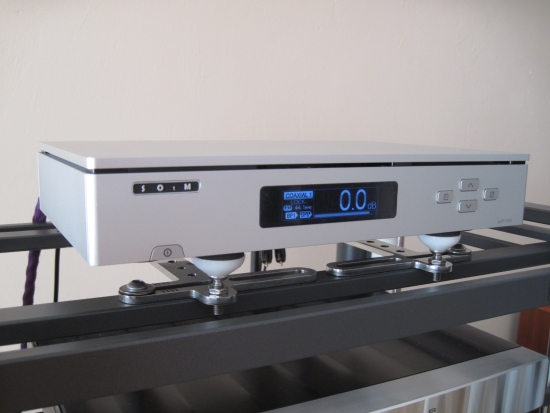
The sDP-1000 was set up on top of the Artesania Exoteryc rack, using the rack’s incorporated feet, bypassing the unit’s own compliant rubber feet. Its external SMPS power supply was connected first using the standard packed power cable. This will actually make for an interesting test later on, as the built-in batteries should theoretically mean that the unit is insensitive to power cords. Normally I only test a component’s XLR outputs but in this case, I also connected the cinch outlets. This brought to light that both connections output the same voltage. This is somewhat strange because XLR outputs are normally 6dB louder than cinch outputs. Still, the manual indicates that the DAC output is fully balanced. Either way, both outputs sound very much alike so I defaulted to using the XLR connection.
Sound
When the sDP-1000 was delivered to me, there was no manual. This was the reason that I was unaware of the possibility to switch sampling settings at first. The DAC was set to S x2 and this is how the subsequent listening was done. At the end of the article, I’ll touch on the audible differences between the settings. Upon first installation, with the 390S connected via Wireworld Gold Starlight III+ coaxial digital cable on the input and an unbalanced Transparent Ultra on its output, the sDP-1000 already sounds pretty good, even when almost new and cold from the box! There’s a pleasant fullness of sound combined with an utter lack of grain. Its timbre is spot on and devoid of any artifice. Because this unit belongs to a friend that only bought it a short while ago, I left it powered on with a connected CD player spinning for 2 days, then resumed listening. Would you believe that I discerned no difference?
Listening with the Levinson 390S CD player
Again listening with the 390S via the Wireworld coaxial cable, but now with a Cardas Hexlink Golden 5C XLR cable at the output, the sound is pleasantly full, chunky in the bass, and I mean that in the best way possible! The midrange is very lifelike with excellent focus and a mildly forward presentation that nevertheless never edges over into forwardness in itself. There’s absolutely nothing shouty about the sDP-1000’s presentation, let that be clear! On the contrary: in spite of its full, dynamic sound, it is also devoid of stress and just relaxed enough to avoid tipping over into lazyness. I’m tempted to attribute this effect to its use of batteries but cannot prove it because the unit always plays on battery power. You can even disconnect it from its charger altogether – handy when swapping power cables. Continuing to the treble – this is a part of the unit that I like a little less, even if it doesn’t do anything wrong – it is absolutely grain free, but seems to lack resolution and air, the kind that I am used to from the Jeff Rowland Aeris. Along with the missing ultimate extension, I also feel that the sDP-1000 lacks most of the magic that the Aeris gives me. You could say that it sounds ever so slightly dark. But it’s as obvious as the typical Wadia style rolling off of highs, it’s much more innocuous than that. When reading through its spec sheet I stumbled upon the fact that the DAC output uses a passive LC Low Pass Filter. This could explain some of the things I heard in the treble, although the PS Audio NWD also has a passive filter while that DAC sounds very airy and open. Perhaps it’s the chosen curve of the filter. Either way, from previous experiences with switching filters on Wadia CD players and DACs I know that more rolled off filters invariably sound more dynamic and lively. Perhaps the same choice was made with the SOtM.
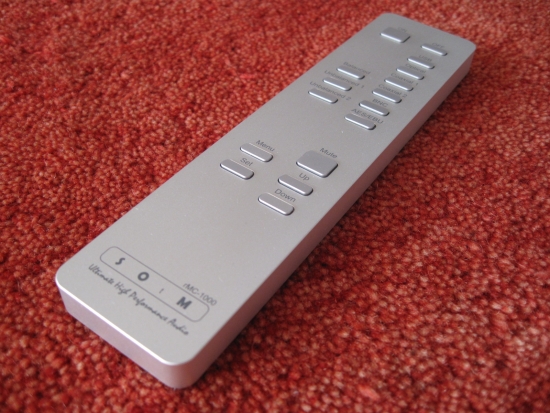
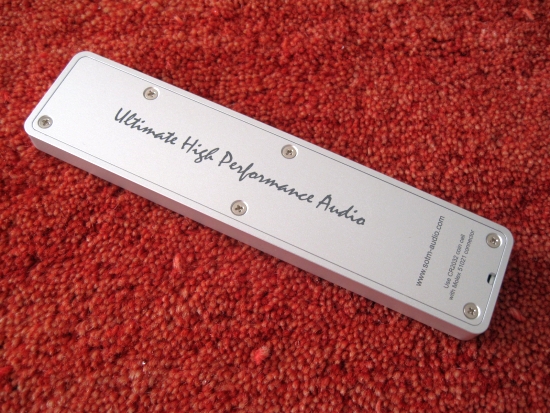
Cable swapping
I chose the Cardas XLR cable mentioned above because it is the same cable that I use with the Jeff Rowland Aeris DAC and I wanted to bring the two components’ circumstances as closely together as I possibly could. The two units are set up on the top two levels of the Artesania rack, on the same type of feet. While I can use an unbalanced cable with an adapter on the preamp side, I prefer balanced cables for various reasons. Because the overall sound was just a tad dark, I swapped the Cardas XLR cable for a Transparent Ultra XLR cable which produced something of a win some lose some situation. Treble sounded more refined, with a smidgeon more air but the bass became a little blurry and lost some of its get-up-and-go. In doing so I think I ironed out this DAC’s best qualities. So back in came the Cardas XLR cable.
Now it was time to swap power cables. I know, I know, this shouldn’t matter. Battery power supply remember? Well, it wouldn’t be the first time that I do hear a difference and the sDP-1000 is no exception. But the difference is very small, almost negligibly small. Swapping the supplied standard cable for a Furutech fp3t s20 cable did something to add some “Schmelz”, so I continued listening with this cable.
Philips CD880
One of my favorite players with the everlasting CDM-1 swing arm mechanism, the CD880 never fails to work together well with a DAC and with the sDP-1000 this is once again the case. And how! The CD880, while not possessing the Levinson’s bass power, does sound a lot more airy and actually compensates very nicely for the sDP-1000’s small treble dullness. Resolution even seems higher now. The SOtM was now producing a very well-balanced and fine sound, so good in fact that on some tracks I could almost imagine listening to the Aeris. When the belief was broken, it was mostly due to the way that the sDP-1000 handles treble. It reminds me of how my PS Audio PWD MKII produced treble, but without the PWD’s coarseness. In fact, the entire SOtM’s sound is a little like an understated mix between the PWD MKII and the Rowland Aeris, marrying full bass and life-like midrange to a natural and believable timbre with a gently smooth character.
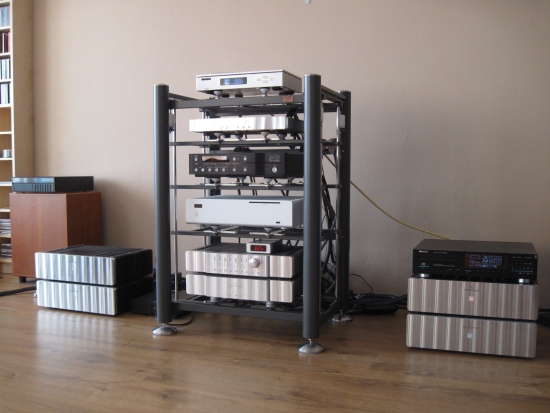
Above: The Philips CD880 never fails to work well as a transport – even when set up disrespectfully on top of one of the model sixes.
Compared to the Rein Audio X-3
I mentioned in the header that I would compare the sDP-1000 to the Rein Audio DAC but after hearing the SOtM, even without comparing I can already say that the sDP-1000 will win hands down. The Rein has more extended treble and an overall tighter sound and it might sound more impressive to the untrained ear, but I feel that on balance it is simply a class or two below the SOtM. The Rein X3, good as it is considering its price tag, is ultimately not a DAC I could live with for long if it weren’t for the Aeris, but the SOtM is. I’d comfortably place it in the same quality range as the PS Audio PWD MKII on coaxial input quality alone. The PWD MKII had even more bass slam and was also a little bit more dynamic but for timbre, both the PWD MKII and sDP-1000 are cut from the same acoustical cloth and where the PWD MKII betters the sDP-1000 in ultimate bass slam and dynamics, the sDP-1000 counters with its grain-free yet more articulate presentation.
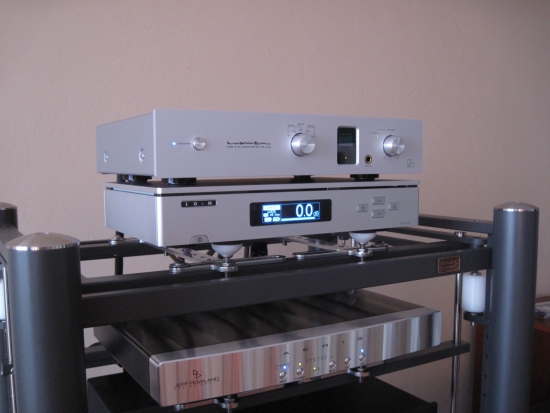
Compared to Luxman DA200
The Luxman DA200 (3000 euro) has an airier, silkier, smoother balance and you could say that it sounds more luxurious than the SOtM. Just what I was missing right? However, these benefits come at the expense of bass power and solidity, focus, articulation and sheer acoustical believability. Most obvious is the difference in transient speed: where the SOtM is lightning-fast and very engaging with drum sounds and piano, the Luxman seems to gloss over these pieces. So, I would choose the sDP-1000 over the Luxman any day. It sounds much more acoustical and convincing, even if it lacks some sparkle. Oh, naturally I set up the Luxman on its own on top of the Artesania Rack and although this did improve its dynamics and bass performance, I still preferred the sDP-1000 by a large margin.
USB
Speaking of the PWD MKII, I no longer have the unit so a direct comparison is impossible, but I vividly remember its USB quality. So how does the sDP-1000’s USB input perform?
First up was the AAZ Ultra Flow music server but oddly, at first, the two wouldn’t really play ball. While the sound was very spacious, there was some consistent crackle. I restarted both devices and reseated the USB cable but it didn’t help. Swapping the cable for another USB cable did the trick though. I have experienced this before with a KingRex USB DAC: two seemingly identical standard USB cables and one worked perfectly while the other produced the glitchy behavior as above.
After the cable swap (a standard cable was used), the two devices played without any further problems and more importantly, with fantastic synergy! The sound was very spacious, even more so than I experimented with the CD players as sources. The sound was also very stable, with solid, deep bass and excellent focus. Soundstaging wasn’t only wide but also well-layered in the depth plane. Also, treble was now al little airier and like with the CD players as source, there was absolutely zero grain. What can I say: I like the DAC even better with USB than with a CD player as source!
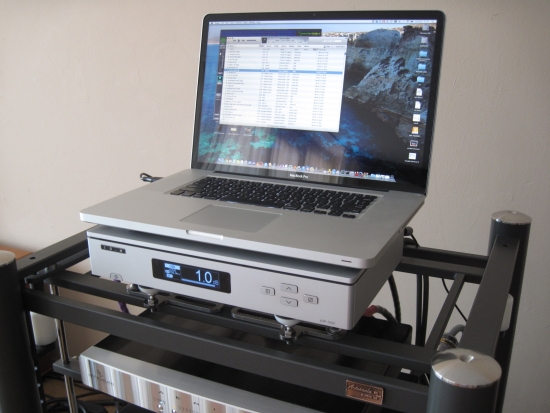
Up next was the Macbook Pro. As usual, it sounded less convincing than the AAZ Ultra Flow, but this time I’d say that the artificiality of the Macbook sound was less apparent than normally. Also, the sound was still surprisingly spacious. Images seemed to hang loosely in free space. It seems that like the Rowland Aeris and the PS Audio PWD MKII, the sDP-1000’s USB input is implemented very well and less susceptible to lower quality sources than many other USB DACs.
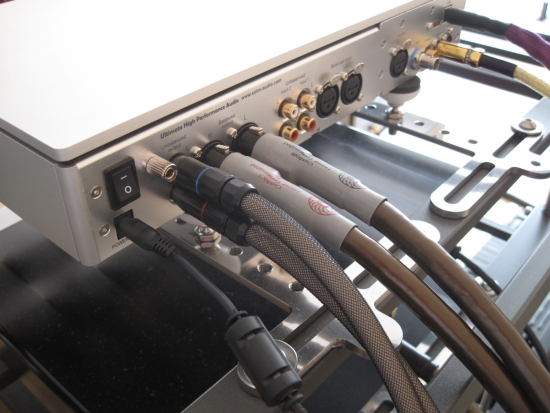
Remaining matters are DSD playback and the switching of sample rate. Apparently, you can choose between 1x and 2x but I haven’t been able to find out how to select between the two. I’ll report back when I have.
Sampling Settings
There are 4 settings to choose from, indicated by S x1, x2, x3 and x4 on the front panel. At first, I wasn’t aware of this option and had assumed that the sDP-1000 was simply multiplying the sample rate x2 by default. That is, until the very end of the review when I noticed on the display that I had apparently accidentally changed the value. Instead of x1 it read x2. All listening thus far had been with the x2 setting. For 96khz, the x3 setting is not available. Quite unlike with the PS Audio PWD MKII, their effect is very gentle, almost indistinguishable. To my ears, it doesn’t sound like the normal effects that I’m used to from doubling (or tripling/quadrupling) the sample rate, more like an adjustment to the roll-off filter, but even gentler than that. Sometimes I think the bass is tighter with one setting but when toggling through them blindly and choosing the preferred setting, I cannot successfully pick the same one repeatedly. Incidentally, these settings cannot be changed from the front panel, only from the remote control. Pressing Set and Up at the same time will toggle through the options.
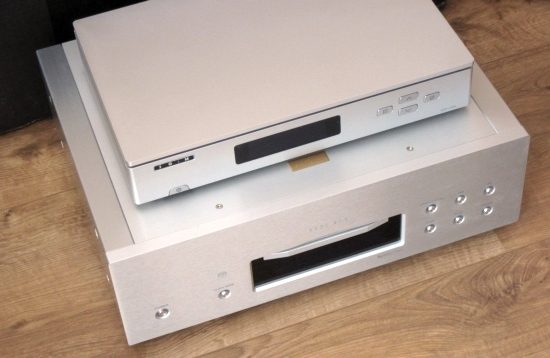
DSD
The sDP-1000 also plays DSD audio and is compatible with DSD64. Playback on the AAZ Ultra Flow works very well and without any glitches. The only thing I noticed is that seek within a track won’t work. But that might be down to the VortexBox/MPD implementation. Sound quality using my usual rock/jazz/pop albums was a bit disappointing though. I can’t be sure that it is the sDP-1000’s sonic signature and again, this may be down to me (my software) but there were a consistent hardness and grain in the treble that is definitely not there with PCM-sourced music. It’s likely that some of my files are in fact upsampled PCM. Don’t get me wrong: I’m not against DSD or SACD. In fact, I welcome any effort to improve (digital) sound quality. But like with any SACD, it’s just that with DSD files, it is so often hit and miss. Thus far I haven’t been able to conclude that DSD is consistently better than PCM. Then again, I also haven’t heard DSD at absolute reference level in my own listening environment yet. What I have however learned from various shows that I attended where the difference was shown between the two layers of a hybrid SACD is that there’s a freedom and airy extension to the treble that is missing when playing the PCM layer. I have also repeatedly heard (also in personal tests) that DSD has a tendency to have less powerful bass than PCM. With respect to the bass, the same thing is now heard with the sDP-1000 but the treble is not performing as I would expect. I have only 10 or so DSD albums and most of them are from the same source, so you could argue that the “artifacts” I hear in the treble could be software-related. I’d counter with the assessment of the Mytek 192DSD DAC, which actually did have smoother treble when playing DSD (the same files as used now for the sDP-1000) instead of PCM.
As a final test, I also compared some classical pure DSD test files I have from 2L – The Nordic Sound. For testing purposes, and to show off DSD’s superiority, 2L provide the same audio tracks in various formats ranging from 44khz PCM through FLAC and DXD and ending with DSD. For this test, I chose a 24/96 WAV, a 192/96 FLAC and of course the DSD64 file. As usual, the WAV file sounded familiar: powerful, dynamic, with solid bass. Also, as usual, the FLAC sounded veiled by comparison, even if it was more finely resolved in the treble. The DSD finally sounded best! Here was a surprise: bass was just as solid as the PCM file, midrange just as powerful and treble just as fluid. Whether or not it was airier I could not detect with this music. Most importantly the whole presentation was less dimensionally constrained (more freely breathing) and actually a lot more musical than the PCM or FLAC counterparts. Especially when switching back to the WAV file after listening to the DSD file for a while clearly demonstrates how WAV (and FLAC, too) is always a bit “boxed in”.
The DSD compatibility is an interesting feature and it is obvious that there are advantages on offer but with the software at hand they’re just not always evident to me. Pure DSD recordings are very nice but scarce, unless you listen to classical music a lot. Never mind, even without looking at the DSD functionality, the sDP-1000 is a very fine DAC and still absolutely recommendable, so why not consider the DSD part a bonus.
Remote Control
The remote is very sleek and beautifully finished. It is responsive and works well but only up to a range of around 4 meter. My listening position is more than 5 meters from the hifi rack and at that range the functionality is hit and miss. It could theoretically be the remote’s battery but because this is a new unit I’d assume this is not the case.
Conclusion
The SOtM sDP-1000 is a DAC I could really live with. It never fails to sound convincing and is devoid of any artifice. It doesn’t have the absolute slam of the best DACs such as the PS Audio PWD MKII but it comes a long way. Ultimately what I miss most about the sDP-1000’s sound is not slam, but the Jeff Rowland Aeris’ even more luxurious and majestic presentation. But that’s a very unfair comparison to make given the huge gap in cost between the two DACs. Rarely do DACs do it all. When they sound majestic (the Luxman DP-200 also has that quality), they will also sound less convincing acoustically (as the Luxman does): their timbre will often be unnatural. Conversely, when DACs are powerful and dynamic, oftentimes they can also sound dry and emotionally uninvolving. For me, the Rowland Aeris does it all and compared to that reference, I can honestly say that the sDP-1000 very nearly does it all. Given its price this is a real achievement. Add to that its connectivity versatility as well as its compatibility with DSD audio and it starts to look like a bit of a bargain. Highly recommended.

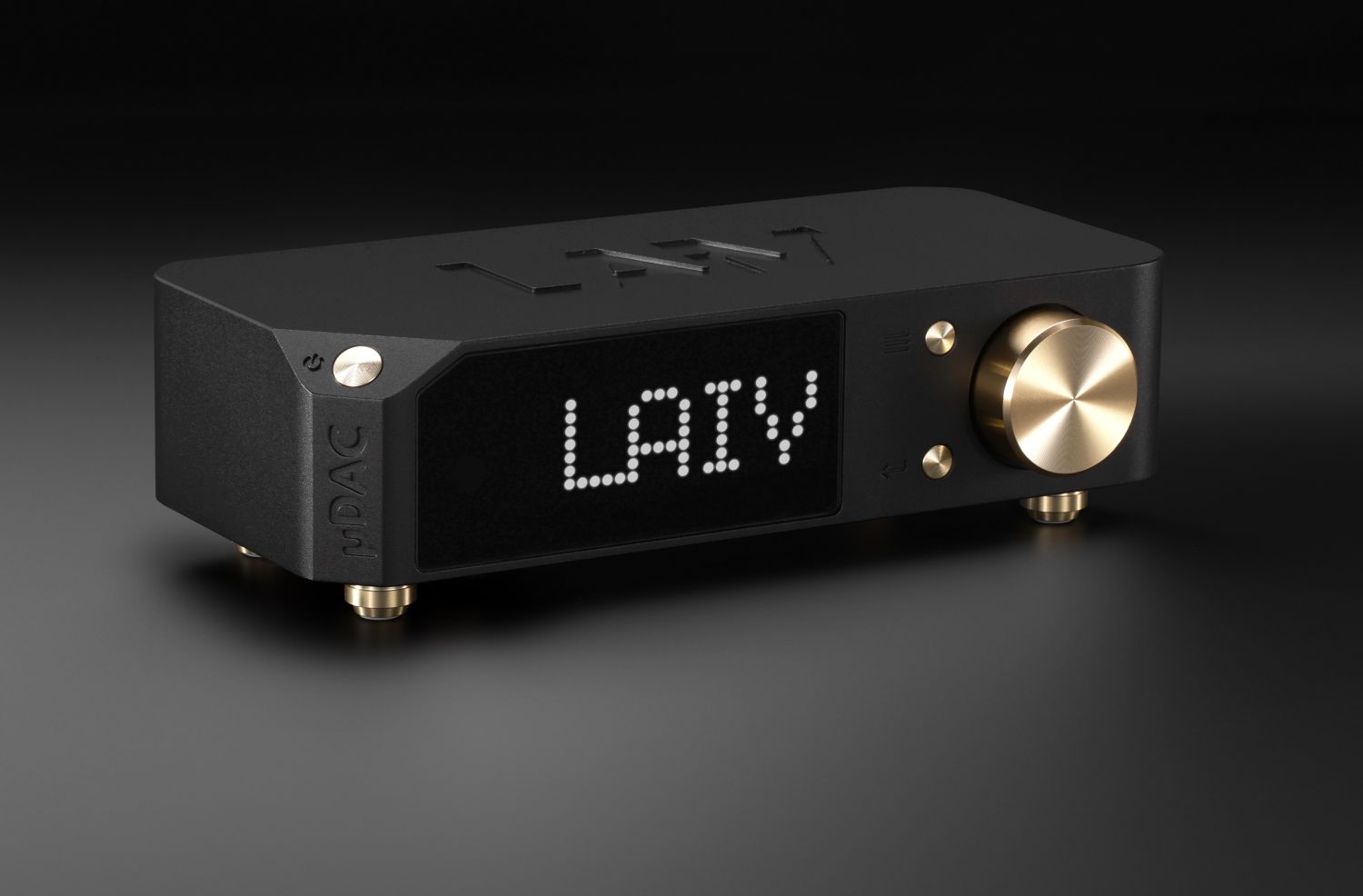






So in the end, do you like the PWD MKII over the SotM and how does the SotM hold against the LINN KDS/1 and the more recent Exogal Comet?
They’re all very different. I like the PS Audio PWD for its Wadia-like bass power and tonality, but don’t like its rougher treble. The SOtM is extremely fluid, airy and refined, even more so than any Wadia, but it does not have the bass power of the Wadia or PS Audio. The Linn is very good but again quite different, a bit like the SOtM in terms of refinement and fluidity but more solid in the bass, although not at the level of the Wadia or PS. The Exogal Comet, finally, falls somewhere in the middle of all these DACs and it may be a better DAC overall than the SOtM. Do note that you may need to go for the upgraded power supply to get the best from it. Without it, it definitely does not sound as luxurious as the Linn. With it, this may improve considerably, but this is speculation, I have not tried this myself.